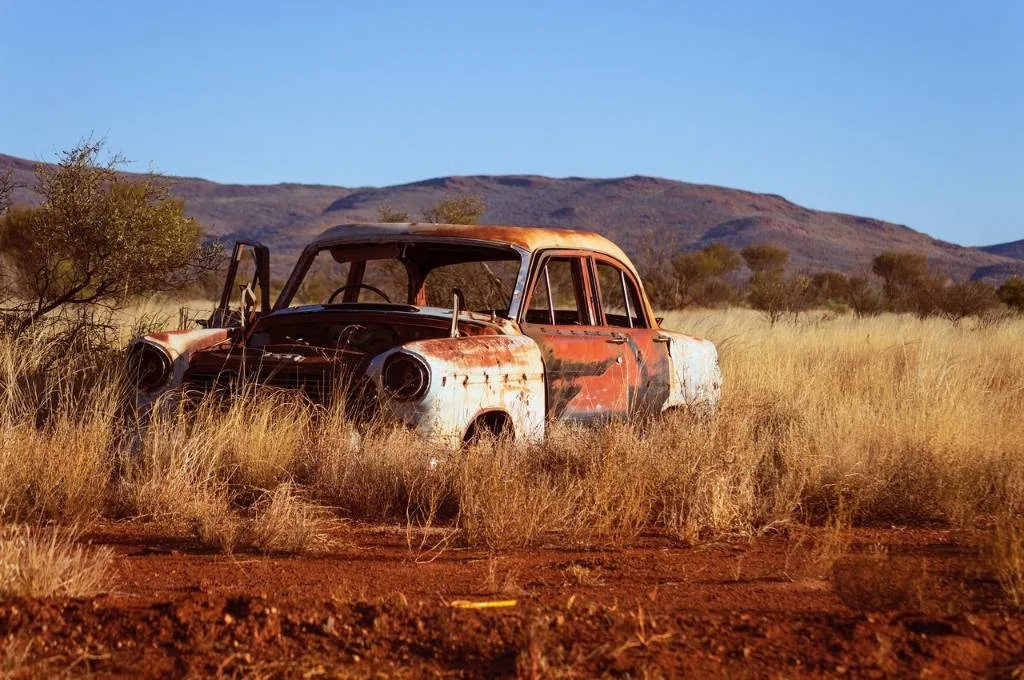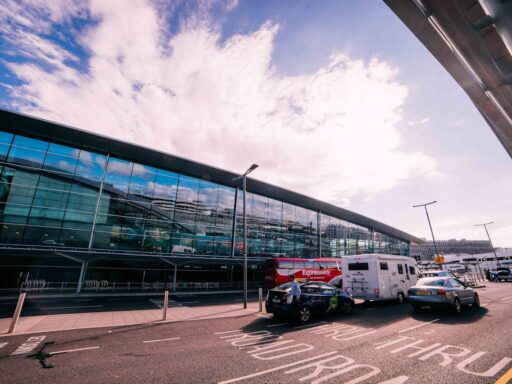Suppose you’re considering revamping your old car on a budget while you save towards buying a new car. In this case, A DIY approach will be the most affordable way of fixing up your old car. With that said, you should let a professional mechanic handle the maintenance and repair needs of your older vehicle as auto mechanics are incredibly complicated, and you don’t want to endanger your life simply to save a bit on your vehicle revamping project.
To help you get started with fixing up your old car’s cosmetics, we have created this step-by-step guide to remove rust, as rust removal is essential to prep your vehicle for a repaint.
1. Gathering The Essentials
You will need specific products and a few tools to remove the rust from your vehicle. You can easily find suitable rust remover for cars online. These will include sanding wheel drums, rust dissolver, sandpaper, masking tape, primer, paint, a paint sprayer, and clear lacquer. Once you have gathered your essentials, this step-by-step guide will walk you through the process of removing rust from your vehicle.
2. Mask Off The Area
First, you must mask off the area that requires repairs using masking tape and newspaper to protect the rest of the surface of your vehicle near the repair area. Be sure to apply the masking tape carefully to ensure you have enough area to work on the rusted surface. You can also use plastic covering in place of the newspaper.
3. Start Removing The Rust
To start removing the rust, you can crack off any blistering paint using a paint scraper and then sand the rust off using 40 grit sandpaper. Sanding by hand can take quite a while, so you might benefit from investing in a 40 grit abrasive drum that can be used in a power sander. It would be best if you sanded the area down to the bare metal. Next, you must enlarge the area to feather out your edges. Using a 120 grit sandpaper or sand drum, you can feather out the paint away from the original area of concern. Once you have removed the rust and feathered out the area, use a rag to wipe the surface clean of any particles that may have been left behind from sanding.
Read next: Ways to Get Cheap Car Insurance as a Teenager
4. Fill Pits With A Filler Product
If your surface is left with any pits from deep rust removal, you can fill in these areas using a body filler product or an epoxy primer product. You may likely need to apply several layers of either product to level the surface again. There are several different types of body filler products that are suitable for this step. So be sure to follow the product’s instructions carefully and ensure thorough drying for each layer that is applied.
5. Clean Thoroughly
Once the filler has dried, and your surface is level, clean the area thoroughly using a cleaning detergent to remove any grease or leftover particles. Wipe the area properly and ensure the surface is dry before moving onto the next step.
6. Prime The Surface
Next, apply an epoxy primer or other type of automative primer to using a paint sprayer. Apply using a side-to-side swiping motion. A self-etching primer is usually a good product for this step of the project. Allow the primer to dry according to the product’s instructions and then lightly sand down the surface and wipe again to remove any particles. It is best to sand by hand for this step to be as gentle as possible.
Read next: Trending Car Accessories You Should Own in 2021
7. Apply A Base Coat
Of course, you will need to repaint the area of your vehicle that has been affected by rust. And you will need to apply a base coat before you can match paints and respray the area. A base coat will ensure the paint adheres to the surface properly. When using the base coat, build up the color slowly and spray at least 12 inches away from the surface to allow even painting. You must apply several coats and allow each coat to dry for the recommended time according to your chosen base coat product.
8. Respray The Area And Apply A Clear Lacquer
Once the base coat has dried, you can begin respraying the surface with color-matched automotive paint. Spray with the paint sprayer at least 6 inches from the surface and apply three to four coats, also using a side-to-side swiping motion for full coverage. Next, apply a clear lacquer with the same technique. You can also buffer the area for a glossy finish. Now that you have removed the rust from your vehicle, it will be wise to consider methods of preventing rust from building up again.







